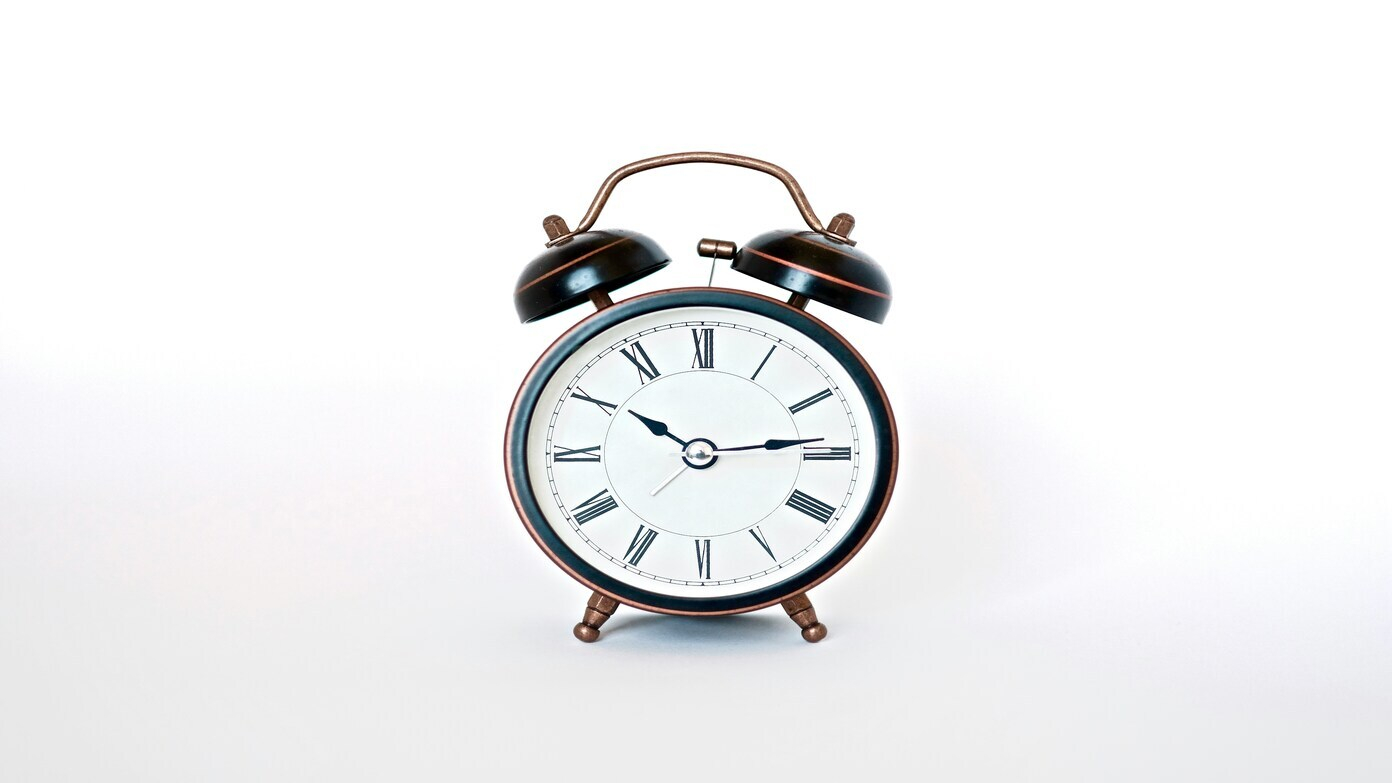The days are getting longer, and soon millions of people across the United States will experience the annual time shift as daylight saving time (DST) begins. As the seasons transition from winter to spring, this practice aims to make better use of daylight by extending evening hours. But when exactly do the clocks change, and what does it mean for those affected?
When does daylight saving time begin?
As winter fades and the sun graces the skies for longer periods, daylight saving time will officially begin on Sunday, March 9, 2025. At 2:00 a.m. local time, clocks will spring forward one hour, giving Americans an extra hour of daylight in the evening. While this shift means a later sunset, it also results in darker mornings, at least temporarily.
This biannual tradition, which has been in place for over a century, is observed by the majority of U.S. states. However, Hawaii and Arizona—with the exception of the Navajo Nation, which spans Arizona, New Mexico, and Utah—do not participate. These states remain on standard time throughout the year, avoiding the need to change their clocks in the spring and fall.
Despite widespread adherence to daylight saving time, there has been increasing debate over whether the practice should continue. In recent years, multiple states have introduced bills to permanently eliminate the time change, arguing that it disrupts sleep patterns, affects health, and creates unnecessary confusion. At the federal level, lawmakers have proposed the Sunshine Protection Act, a bill that seeks to make daylight saving time permanent nationwide. However, despite gaining attention and support, the bill has yet to pass both the Senate and the House of Representatives.
When will daylight saving time end?
Daylight saving time lasts for almost nine months before clocks fall back one hour on Sunday, November 2, 2025. On this date, most of the country will return to standard time, marking shorter days with earlier sunsets. While some people appreciate the extra morning daylight that comes with the switch back to standard time, others prefer the extended evening sunshine that daylight saving time provides.
The ongoing debate about whether to keep or eliminate daylight saving time centers on the pros and cons of each system. Proponents of year-round daylight saving time argue that longer daylight hours in the evening promote outdoor activities, improve mental well-being, and could reduce energy consumption. Businesses, particularly in the retail and recreation sectors, often support this change as it encourages people to stay out later, potentially boosting economic activity.
On the other hand, those in favor of sticking with standard time year-round emphasize potential health risks linked to the time change. Studies have shown that losing an hour of sleep in the spring can lead to an increase in heart attacks, strokes, and workplace accidents in the days following the shift. Some experts also argue that standard time better aligns with natural human circadian rhythms, reducing sleep disturbances and improving overall well-being.
As discussions continue, the future of daylight saving time remains uncertain. While many Americans express a preference for eliminating the twice-yearly clock change, there is still no nationwide consensus on whether permanent standard time or permanent daylight saving time is the better option.
For now, Americans should prepare to move their clocks forward on March 9, 2025, and embrace the longer, sunnier days that come with the change. Until a decision is made at the federal level, the semi-annual ritual of adjusting our clocks will remain a fixture of American life.
